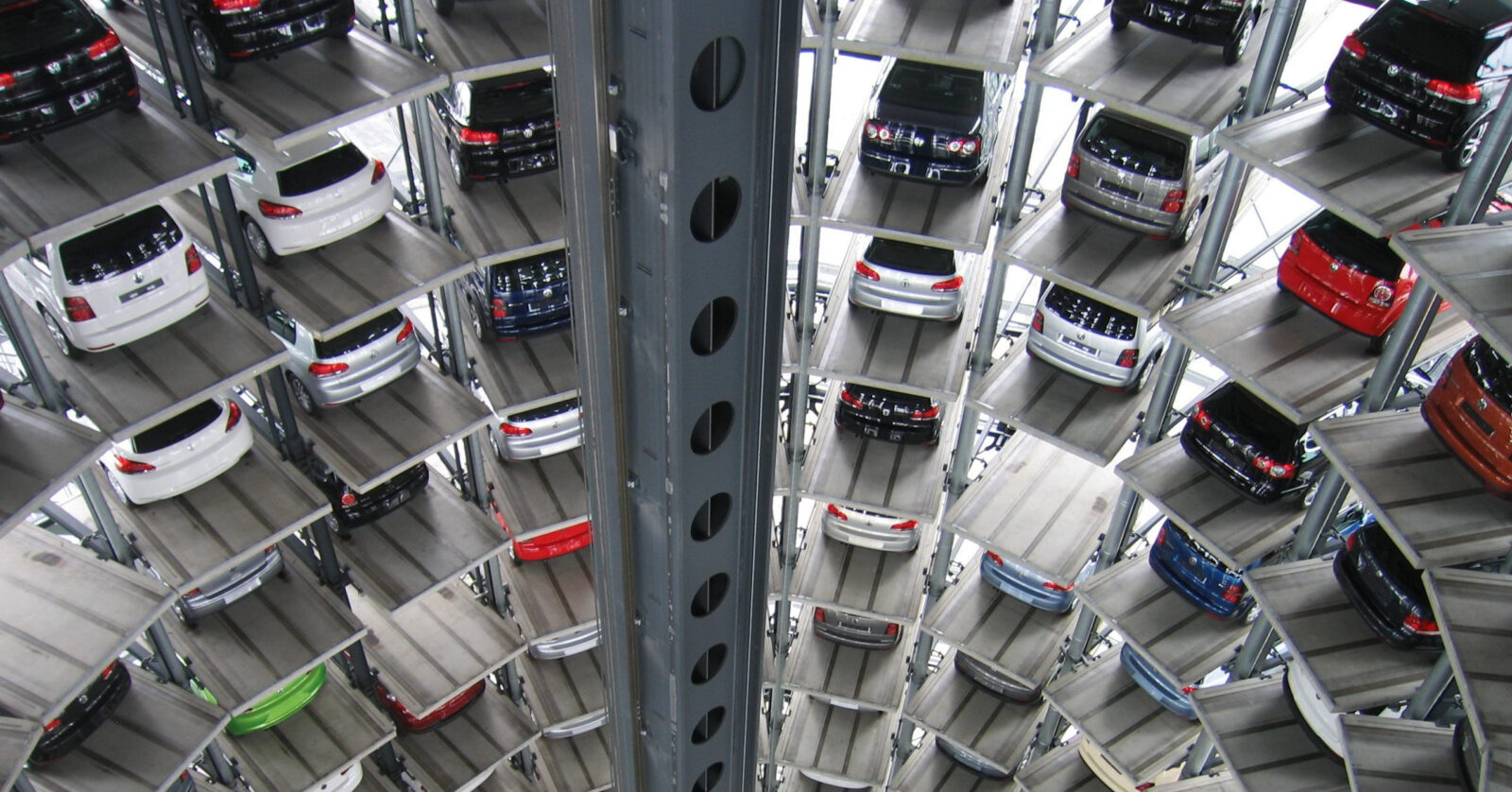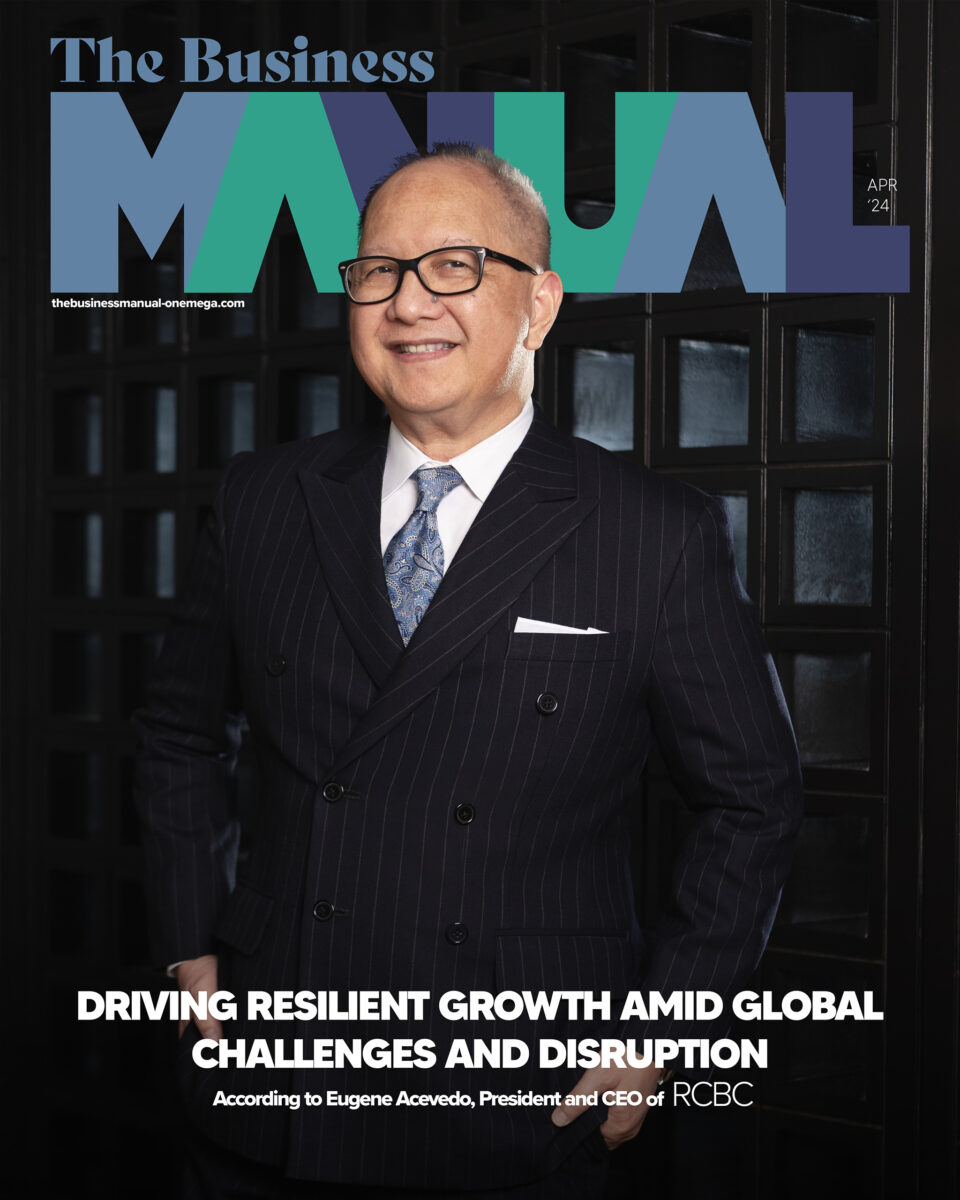How to Take Advantage of the Booming Automotive Industry

Automobile sales rose by 31.3%—surpassing the industry’s target in 2022. And with trends moving upward, here’s how auto entrepreneurs can leverage this good news.
The Chamber of Automotive Manufacturers Inc. (CAMPI) and the Truck Manufacturers Association (TMA) released a report, which stated that their 2022 total sales increased by 31.3%. Compared to the 2021 sales of 268,488 automobiles, the automotive industry posted a sales increase to 352,596—exceeding last year’s target of 336,000 units.
Out of all the automobiles, the commercial vehicle segment brought in the highest growth. It posted a growth of 45.6%—selling 266,699 units in 2022 compared to 183,228 units last 2021. Because of these impressive figures, CAMPI president, Rommel Gutierrez, is confident that the automotive industry has recovered from the aftermath of the pandemic.
“The continued expansion of the economy, [and] creation of new jobs and opportunities is just as important as ensuring that no pandemic disruption occurs anew this year. Nonetheless, the industry will continue to capitalize on the growing market demand for new motor vehicles,” Gutierrez said via Philippine News Agency.
Furthermore, the report also noted the big automotive brands that dominated the Philippine market. With a whopping market share of 49%, Toyota remained the most widely used vehicle by Filipinos. Next is another Japanese brand, Mitsubishi, standing at 15% market share.
What’s more, CAMPI announced yet another milestone for the industry—a 42% growth this 2023. “The double-digit sales growth of 42.1% recorded in January, coming from a year-on-year robust growth performance in 2022, is a good development momentum for the auto industry as we start the year,” Gutierrez said proudly.
Even with a few months in, the 2023 figures show promise. And given how the numbers are running, the automotive industry is definitely in the fast lane. So, with the Philippine automotive market hungry for more vehicular demand, here are some opportunities auto entrepreneurs should look out for.
Electric Vehicles on the Rise
Last January, President Marcos Jr. signed Executive Order (EO) 12, which promotes having more electric vehicles (EVs) in the country. Because of EO 12, 30% of import duties on EVs and charging infrastructures have been removed for five years.
The president’s move also supports the Electric Vehicle Industry Development Act (EVIDA). More than making EVs mainstream in the country, the act’s purpose is to enable innovation that reduces the country’s reliance on fuel and leans more toward sustainable energy.
With the government’s initiative, brands such as Toyota, Kia, and Hyundai are more aggressive in launching their EVs and hybrid cars. One auto brand even partnered with the largest mall in the country to install charging infrastructures! To promote green vehicles, the Philippine government is currently exempting hybrid cars from any coding schemes.
More Love for Secondhand Cars
Though the auto industry is booming, Filipinos are most likely hesitant to spend because of the looming inflation. Consumers will prioritize basic needs over cars—which many still consider a luxury.
Aside from consumers prioritizing their sending, banks are also expected to be stricter with approving car loans. In fact, the Bangko Sentral ng Pilipinas (BSP) recently hiked the interest rate to 50 basis points to mitigate inflation. With local banks following BSP’s provision, the increased interest rates on loans will then look more unattractive to consumers.
Entrepreneurs in the buy-and-sell business can take this as an opportunity. Filipinos with a tight budget may then gravitate to pre-loved units. And contrary to what most may think, established auto brands play a role in this segment. Aside from their brand new offerings, they are giving more options like trade-ins.
The Dark Side of the Booming Auto Industry
The growing automotive industry contributes positively to the economy, yet this only means that there is a gap in public transportation. For one thing, more Filipinos opting to purchase private vehicles indicates that public transportation does not meet their needs in commuting. Furthermore, this also entails worse traffic in the years to come, with more cars out in the streets.
In fact, the Japan International Cooperation Agency (JICA) reported in 2018 that Metro Manila’s traffic congestion costs the country PHP 3.5 billion every day. JICA further predicts that economic losses can rise to PHP 5.4 billion each day!
Engineer Rene Santiago, a traffic expert, said that the COVID-19 scare is one of the reasons for the recent increase in the number of private cars. Why? For Filipinos to protect themselves from other virus carriers. Plus, with previous public utility vehicle restrictions, Filipinos have opted to buy their own private cars.
The traffic expert said that the country needs 246 km of mass transit lines and 78 km of urban expressways. “There should be more public transportation and [fewer] cars,” Santiago added.




